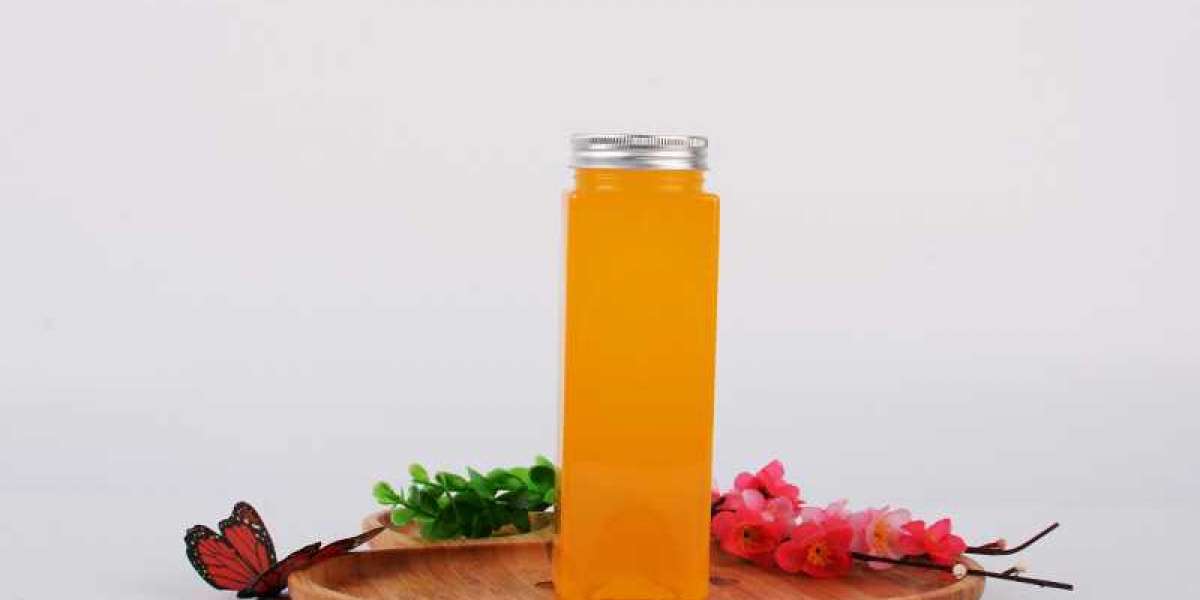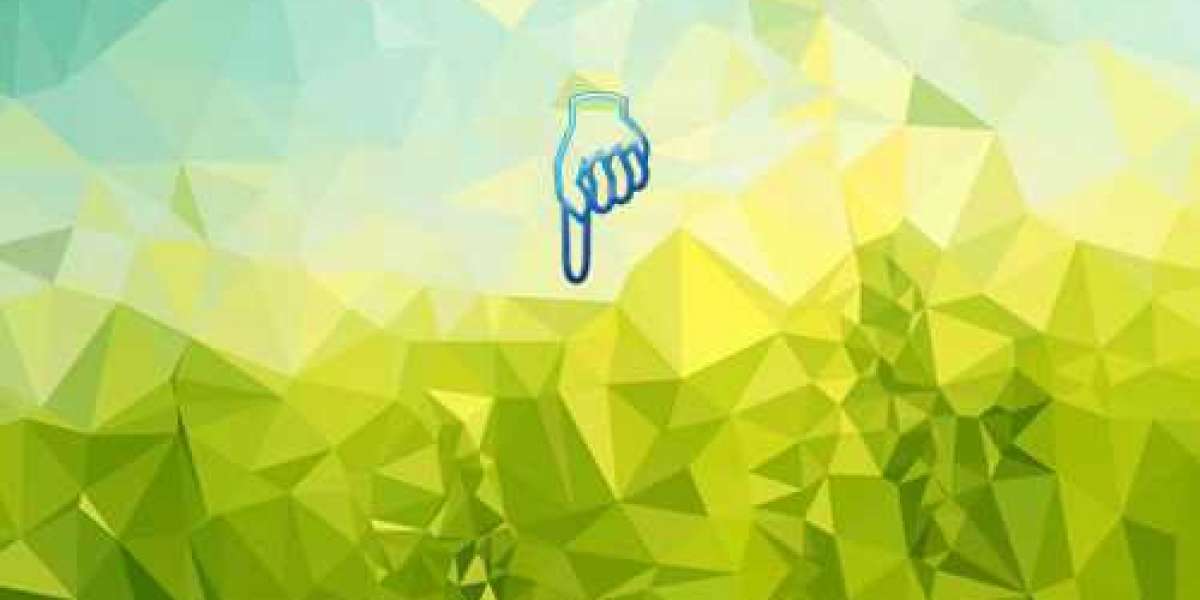Disposable food packaging causes huge damage to our environment. As our landfills and waterways are increasingly blocked by plastic bags, styrofoam food containers, disposable coffee cups, etc., it is obvious that the waste and pollution left by packaging exceeds the convenience of food packaging Sex. Less well-known is that the same food packaging, from additives such as phthalates, to make plastics flexible, or to make cardboard contain liquid perfluorinated chemicals, all the way to the bisphenol lining coated on our aluminum cans. , Most of our food packaging is extremely dangerous to our health.
Although it is difficult to imagine what everyday life would be like without these convenient packaging, until recently, most of them did not even exist. As our food system becomes less localized, but able to feed more people in a larger geographic area, and as the degree of food processing becomes higher and higher, packaging technology itself continues to evolve to keep up pace. Although packaging is essential for certain functions, the development of the industry has little concern for the environment or human health.
Better packaging materials and better designs mean less waste and fewer harmful chemicals-these goals can be achieved at the same time. As consumers, we have the opportunity to choose the materials that we feel most comfortable with, and ask companies and retailers to do better. We can also ask our government to set stricter packaging and plastic regulations. Most importantly, we need to reconsider food packaging and disposable food service items, so that human health and the environment take precedence over convenience.
Overview of Food Packaging Bottle
As you walk down the aisles of the grocery store, you will find a range of packaging types on the shelves. There are canned beans, milk cartons, yogurt plastic containers, potato chip bags and plastic packaged meat on foam trays. In addition to the materials you can see (such as plastic bottles and metal cans), many food packaging also contain chemical additives or linings that you can't see, which can prevent leakage or the acid in foods such as tomatoes from corroding metal cans.
Most food packaging can be divided into four categories:
Plastic Packaging. This includes a variety of plastic types, from Styrofoam to clear plastic "clamshell" packaging, to the lid of a takeaway coffee cup. The raw materials used to make plastic packaging may be harmful to our health, or harmful chemicals may be added to the plastic to make it more functional.
Metal packaging. This includes aluminum cans and other metal cans for packaging food and beverages. Metal cans are usually lined with anti-corrosive substances, which can seep into our food and affect our health.
Paper/fiber packaging. This includes the increasingly common "tetra" packaging cartons, other types of cartons and takeaway food containers. Like other types of packaging, paper/fiber packaging is usually lined or coated with substances to make it more functional—for example, to hold liquids—which can be harmful to human health.
Glass packaging. This includes glass bottles and other containers.
The basic materials of our food packaging—whether plastic, metal, paper/fiber or glass—determine the environmental impact and ultimately determine whether it can be recycled and whether it will decompose or decompose in a landfill. Cause pollution and waste. Chemical additives and special coatings on or in different packaging types are usually where we come into contact with chemicals of concern, but in some cases, coatings and additives can also determine whether materials can be recycled.
Examples of disposable food packaging
Click here to view a larger version of this graphic
Food packaging is becoming an increasing concern around the world, because the large amount of waste it generates and the chemicals it contains may be harmful to our health. In the next section, we will delve into the health and environmental issues of food packaging, focusing on plastic, metal and paper packaging. We pay special attention to plastic packaging because it is the most common and usually the most problematic for the environment and our health.
Plastic food packaging
Microplastics can enter the soil through floods, littering, and through atmospheric deposition
Plastic is ubiquitous in the food system and can be found at every step of the journey from our food to our plate. These plastics used to be mainly made of crude oil, but are now increasingly made of natural gas, and have become the main material due to their unique functional properties and low cost.
Since its first introduction, plastics have quickly become an important part of the US food system. Many plastic products were developed for the modern way Americans buy, prepare, and store food. We not only began to appreciate, but also became avant-garde to see the convenience they provide.
The problem of disposable plastics
40% of plastic demand comes from disposable plastic products. Disposable (or disposable) plastics—such as iced coffee cups, lids, and straws, or your water bottle, or your cherry tomato plastic container—are designed to be used only once before being thrown away or recycled , There is no obvious reuse plan or approach.
Some disposable items are essential, they are not only convenient but also safer. A good example is plastic water bottles, one million is purchased every minute in the world. 2 In places where the water supply is unreliable or unsafe, bottled water can certainly save lives. But for many people in this country, bottled water is more for convenience, taste (or perception of taste) and our sensitivity to the claims of companies peddling bottled water: it comes from fresh mountain springs or provides unspecified Health benefits.
This is not just a plastic bottle that we use once and toss. We have begun to expect that a lot of our food will be packaged and provided to us in a single-use way, and it has reached the point where it is hard to imagine selling, transporting or eating food in another way.
Food packaging plastic pollution
Plastic packaging makes our lives more convenient, but at what price? Its durability means it will never disappear. It continues to exist in our daily lives (including in our food packaging), causing widespread pollution. So, where will they go when we finish processing plastics? Some are recycled, some are incinerated, but most end up in landfills or enter the environment as garbage.
Most plastics are not biodegradable. Instead, they break down into smaller and smaller "microplastic" fragments, carried by wind and water and deposited in the environment, spreading plastic pollution to all corners of the world, from the top of the French Pyrenees to the stomach of whales. We know that animals and humans are ingesting microplastic particles through the food we eat and the water we drink, but we don't yet know all the effects.
The highly visible problem of plastic pollution in our waterways and oceans has attracted worldwide attention. We are distressed by the images of marine mammals being washed to death on our shores and their stomachs clogged with plastic. There are plastic "circulations" in all major oceans in the world, including the infamous Great Pacific Garbage Belt (GPGP), which is a plastic accumulation area in the Pacific Ocean between California and Hawaii. It is estimated to contain at least 79,000 tons of plastic floating on 1.6 million square meters. Within a kilometer of the area. Plastics have also been found deep in the ocean, including the Mariana Trench, the deepest known in the world's oceans.
Many studies on plastic pollution have focused on the marine environment. But is there any reason to worry about plastics in the soil? Recent research shows that the answer is yes. Microplastics can enter the soil through floods, littering, and through atmospheric deposition (such as wind). They can also be applied through composting or through sewage sludge, and are sometimes used as fertilizer for farmland. A recent study showed that microplastics affect the water retention capacity of soil and have other effects on soil structure.
Problems with plastic production
This is not just a matter of plastic ultimately affecting the environment. A recent report indicated that plastics cause greenhouse gas emissions at every stage of its life cycle, from production to refining to its waste management.
Extracting fossil fuels, which are the cornerstones of plastics, is an environmentally consuming process, whether for petroleum-based plastics or plastics from natural gas. With the vigorous development of the hydraulic fracturing (hydraulic fracturing) industry, the supply of cheap plastics is also booming, thanks to a fracturing by-product called ethane, which is widely used in plastic production. The manufacturing process required to convert ethane to plastic is energy-intensive and pollutes the air, soil, and water in nearby communities that are already affected by the environmental and public health effects of natural gas fracking.
Although we know that plastics have a carbon-intensive life cycle, we do not yet fully understand how their production and their use and disposal contribute to the global climate crisis. Thanks to researchers at the University of California, Santa Barbara, we may be about to get better information. They conducted what they believed was the first global assessment of the life cycle of plastic greenhouse gas emissions. The researchers also explored four strategies to reduce the carbon footprint of plastics.
In fact, whether it is Food Packaging Bottle or 100ml Plastic Spray Bottle, they will more or less have a certain impact on the world.
Is it a bio-plastic-based solution?
Some food and beverage companies have begun to use bio-based plastics. Although they are made from renewable resources (such as corn or sugar cane) instead of fossil fuels, and have a better carbon footprint than other plastics, they do not necessarily It is a solution to food packaging problems.
Trade-offs need to be weighed, including the inputs (land, water, chemicals, and labor) required to produce renewable crops for bio-based plastics (such as corn). Bioplastics also only decompose under certain conditions, so "bio-based" does not guarantee that they will be biodegradable.
Special attention plastic: polystyrene
From a health and environmental point of view, certain types of plastic packaging are more worrying than others. One such plastic type is polystyrene #6. This plastic is everywhere, including takeaway containers, cutlery, coffee cups and lids, as well as other kinds of disposable cups, such as the famous red Solo party cup. Polystyrene foam (registered trademark of The Dow Chemical Company) is inflated polystyrene.
Although polystyrene foam has become less common due to environmental issues, its precursor polystyrene is still widely used, and most consumers do not know or see it. It is unhealthy for humans and the environment.
Polystyrene is harmful to human health
Polystyrene is made from a petroleum-based chemical called styrene. Some US government agencies, including the Toxic Substances and Disease Registry (ATSDR), the Department of Health and Human Services (DHHS), and the National Toxicology Program (NTP), recognize the health risks of styrene exposure, including neurological effects and cancer, including leukemia. One of the main ways people come into contact with styrene is through "food contamination," which occurs when styrene is leached from a container into the food it contains. The amount that can be leached depends on many factors, including the surface area of the container, the temperature of the food, and the fat content of the food. 2223 This leaching is the reason for avoiding the use of polystyrene coffee cup lids-the combination of hot liquid and direct application to the mouth makes people particularly vulnerable to injury.
Tip: Generally speaking, avoid heating food in plastic. Many studies have shown that plastic containers can seep into the food and liquids they hold, and with time and temperature, the situation will get worse.
Polystyrene is harmful to the environment
Polystyrene, especially in expanded form, is harmful to the environment. Due to its light weight, it is difficult and expensive to recycle polystyrene in traditional systems, and in some cases it is impossible, which makes it more likely to end up in waste or landfill. Moreover, in its expanded (ie expanded) form, it occupies a lot of space in these landfills, more than other plastics. Many municipalities believe that recycling polystyrene is too challenging and costly, so it is not worth a try. good news? The use of polystyrene is declining, and some coffee companies-including Dunkin Donuts cups and Starbucks lids-have phased out them.
Tip: Most plastics have a triangular identifier to identify the type of plastic. If you see it, it is polystyrene. If you buy a cup of coffee, it is what you call Styrofoam, which is polystyrene. You can also check the plastic cover. Ask your coffee shop if they are willing to switch to another lid that is better for human health and the environment.
Metal food packaging
Metal packaging, such as canned food, is used for long-term storage of food and faces the challenge of being susceptible to corrosion, especially acidic foods such as tomatoes. This kind of loophole needs to add a plastic coating, usually epoxy resin containing bisphenol, most of which contain harmful chemicals, we will introduce in detail below.
Although metal cans are more popular than plastics because of their almost universal recycling capabilities, their production needs to be resource-intensive. Most metal food packaging used in the United States is made of aluminum. Aluminum production is the result of smelting mined bauxite into alumina. Like any industrial production, the purification of aluminum requires a lot of energy. In addition, aluminum production produces by-products such as greenhouse gases, sulfur dioxide and polycyclic aromatic hydrocarbons.
Fiber food packaging
Molded fiber packaging (ie, paper or cardboard) is very common in disposable food service items, such as cups, plates, bowls, and trays. Paper and cardboard have advantages as packaging options, namely they are inexpensive, they can be made from recycled pulp (which makes them more sustainable), and if they are not coated with something to prevent it, they can be recycled.
The problem is that most fiber food packaging provides good physical and UV/light barriers, but the barrier to the liquid itself is not good enough, so plastic coatings or other additives such as perfluorinated chemicals (PFAS) are needed, which may make them It cannot be recycled (in the case of plastic lining) or may be harmful to our health (in the case of PFAS).
Harmful chemicals in food packaging
Chemicals that may be harmful to our health are found in most types of food packaging, including plastic, metal, and fiber. These chemicals can be harmful to adults in many ways, but they are especially worrying when it comes to the health of our children. You only need to check the list of chemicals in the picture below to understand how many of these “chemicals of concern” are in our food packaging.
Although there are indeed hundreds of these harmful and unregulated chemicals in food packaging, here we only focus on a few of the most well-known, and those that are added to packaging materials for "functional" reasons—for example, In order to form a liquid barrier or make the plastic not easily broken














